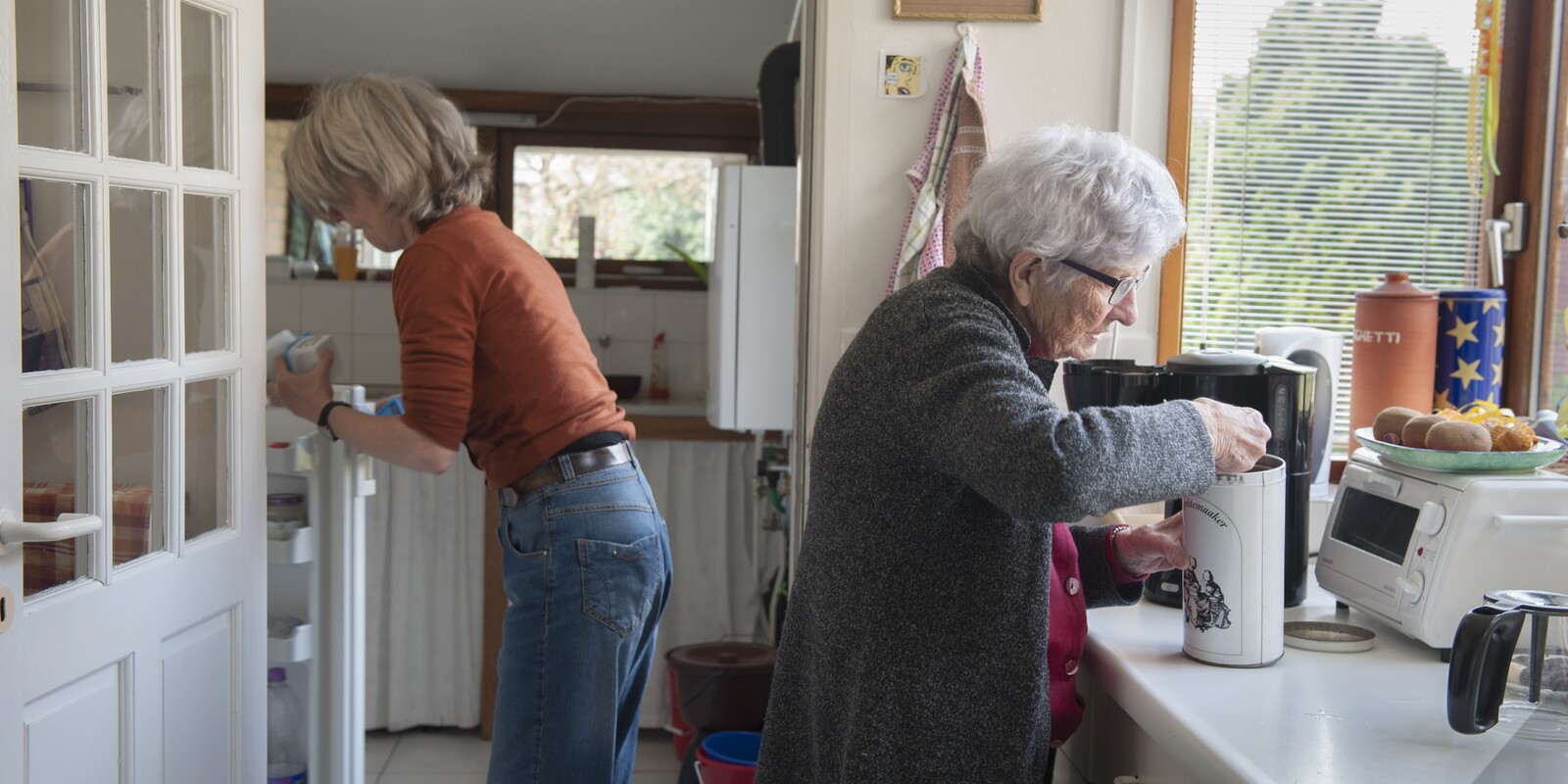The future market structure of elderly care

Commissioned by the Dutch association of elderly care organisations (ActiZ), SiRM explored the possible future market structure of elderly care in the Netherlands, as necessitated by a potential change in the collectively financed elderly-care package’s regulation in the Netherlands. SiRM mapped the expected changes and extrapolated three possible future scenarios from the results.
Elderly care faces major challenges: although demand for elderly care is sharply increasing, labour-market supply is lagging. ActiZ seeks insight into how these developments and any concomitant system changes might influence the market structure of elderly care.
SiRM identified relevant elderly-care trends and mapped their possible influence on the market structure. To determine key trends, we used the results of our previous data analyses and studied numerous policy reports, studies and advice on (the future of) elderly care.
Based on trends identified, we anticipate a division of the elderly care market into four parts in response to the labour shortage: a system of acute and network care, plannable care, support and housing. Of these, the most uncertain are plannable care and acute/network care, and the demarcation between them.
SiRM identified relevant elderly-care trends and mapped their possible influence on the market structure. To determine key trends, we used the results of our previous data analyses and studied numerous policy reports, studies and advice on (the future of) elderly care.
Based on trends identified, we anticipate a division of the elderly care market into four parts in response to the labour shortage: a system of acute and network care, plannable care, support and housing. Of these, the most uncertain are plannable care and acute/network care, and the demarcation between them.
This uncertainty formed the basis for three scenarios:
- Regional mono- or duopolies for acute/network care and all plannable care
- Large regional providers of the acute-network care system in part-cooperation with other providers and network partners
- A clear-cut separation between a regionally invested system and varied plannable care providers.
In the three scenarios outlined, support and housing are ultimately excluded from the collectively financed package.



